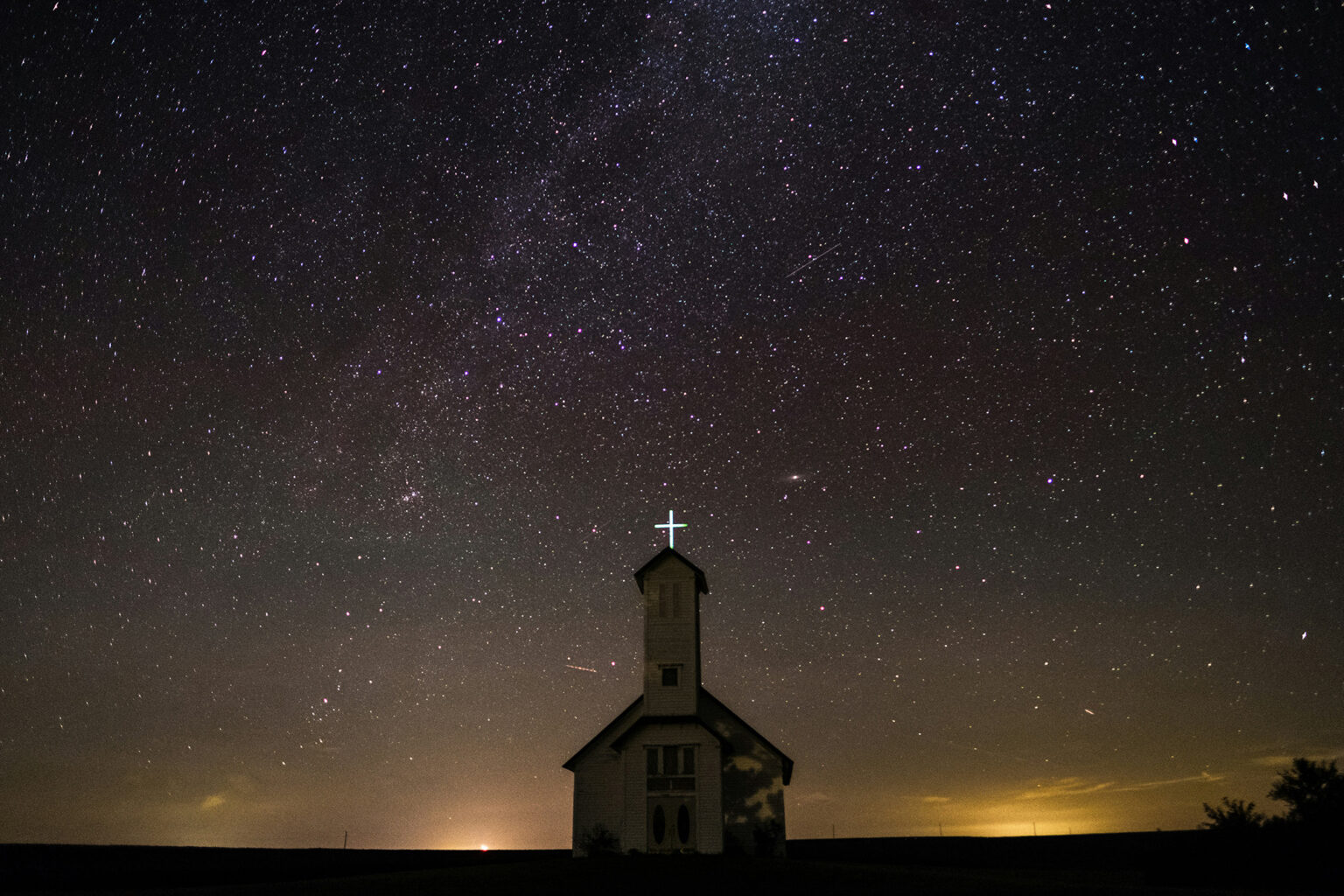Many churchgoers are opting for livestream services over in-person attendance, but there are noticeable trends in usage. A Lifeway Research study found that 39% of Protestant churchgoers have watched livestream services instead of attending in person at least five times in the past year, down from 32% during COVID. However, this is still significantly higher than the 4% recorded in 2019.
Demographic factors also influence livestream usage. Churchgoers aged 50-64 and over 65 are more likely than younger individuals to have not watched a livestream service in the past year. Similarly, White churchgoers are more likely than African Americans to report not watching a livestream.
Denominationally, Baptist, Lutheran, and non-denominational churchgoers are among those less likely to have watched a livestream service instead of attending in person. Additionally, those who attend worship services most frequently are more likely to report not watching live streams compared to less frequent attendees.
Overall, while livestream usage remains prevalent, there are variations based on age, ethnicity, denomination, and frequency of attendance.
Valid Reasons for Online Attendance
Many churchgoers find live streaming a suitable alternative to attending in person, especially when sick (69%) or traveling (48%). However, fewer view it as acceptable for distance-related reasons (38%), curiosity (29%), personal convenience (26%), or lateness (24%). Compared to 2019, fewer churchgoers today see live streaming as a valid substitute for physical attendance in various situations.
Older churchgoers, particularly those over 65, are more likely to endorse live streaming when sick (79%) but less likely for convenience reasons (12% when getting up late, 19% for personal viewing). They are also among the least likely to approve for distance-related reasons (31%).
Religious beliefs influence attitudes toward live streaming. Those with evangelical beliefs are more likely to endorse live streaming when sick (75% vs. 65% without) but less likely for distance-related (31% vs. 43%) or convenience-related (23% vs. 29%) reasons.
Roles in Faith Journeys
For many churchgoers, live streaming serves as a temporary solution during illness or emergencies like COVID (53%). Some view it as a supplementary resource for biblical teaching (31%) or staying connected with their church’s direction (24%). Others use it to explore new churches (20%), while fewer see it as their primary source of biblical teaching (18%) or church connection (17%). Still, some (11%) say livestreaming doesn’t play a role in their spiritual journey.
Age influences attitudes towards livestreaming’s role. Older churchgoers (over 65) are less likely to view it as their main church connection (6%), primary biblical teaching source (9%), or for exploring new churches (8%). They’re also less likely to see it as a way to stay updated on church direction (14%). Instead, they mostly use it temporarily during emergencies (60%).



